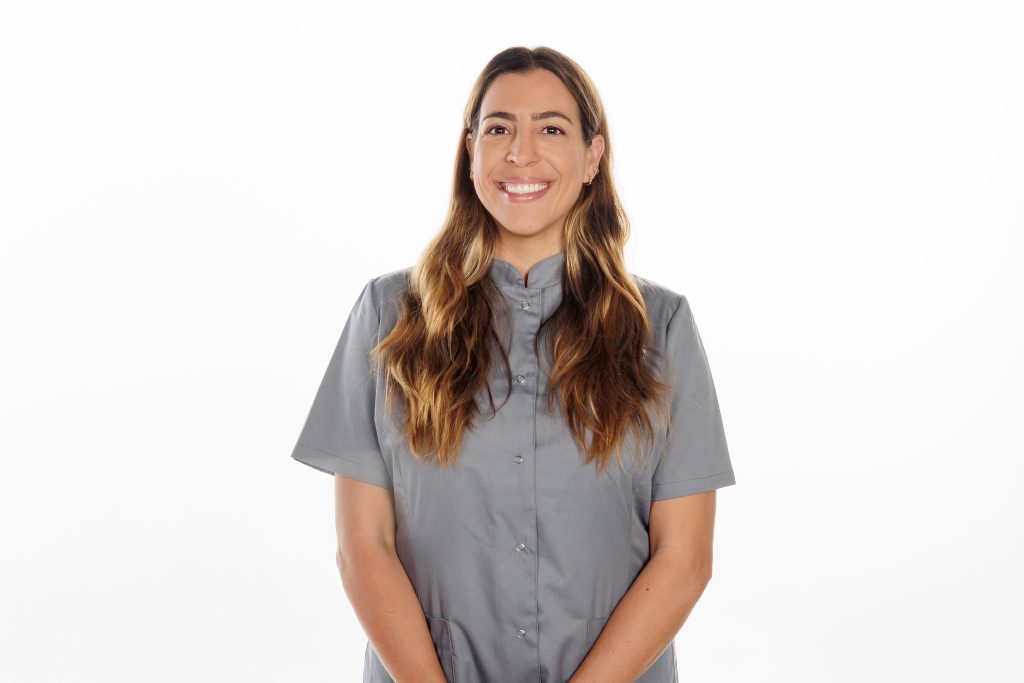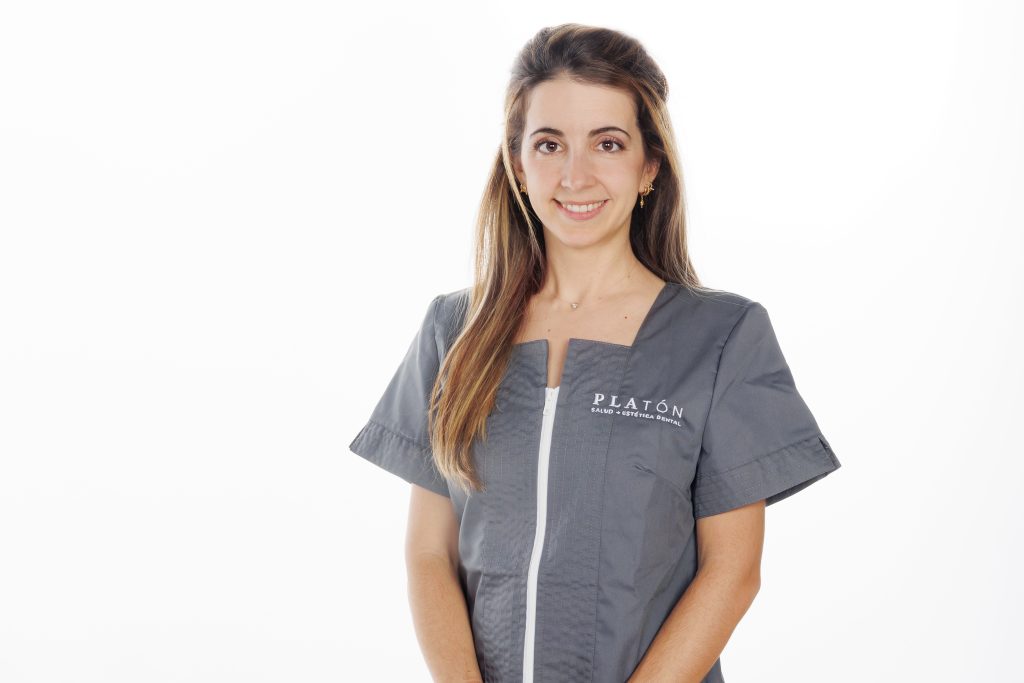Invisible Orthodontics
Invisalign: is a computerized orthodontic system. Unlike conventional orthodontics, as it is controlled by a computer, it is very precise.
This type of orthodontics straightens teeth by means of small molds called aligners, custom-made, removable and invisible for each patient, which are changed every 2 weeks.
Their teeth will move little by little week after week until they reach their ideal position.
It is a predictable, effective and comfortable system that changes and improves your smile without interfering with your daily life.
Lingual Orthodontics
It is an orthodontic system that works like conventional orthodontics, but the brackets are placed on the inner surface of the teeth.
The same results as conventional orthodontics can be obtained with excellent esthetics, making it a formidable alternative.
Visible Orthodontics
The brackets (aligners) are metallic or transparent.
Dentofacial Orthopedics
The objective of dentofacial orthopedics is to orient and develop the facial bone structure to facilitate the straightening and placement of teeth in their ideal position by means of conventional orthodontics.
Accelerated orthodontics using piezoelectric or “ultrasonic” techniques
The Platón Dental team offers an innovative orthodontic technique that consists of shortening treatment times through the use of ultrasound, which favors dental movement by reducing the resistance of the teeth during movement. In this way, we manage to considerably reduce treatment time and the side effects of conventional tooth movement.





